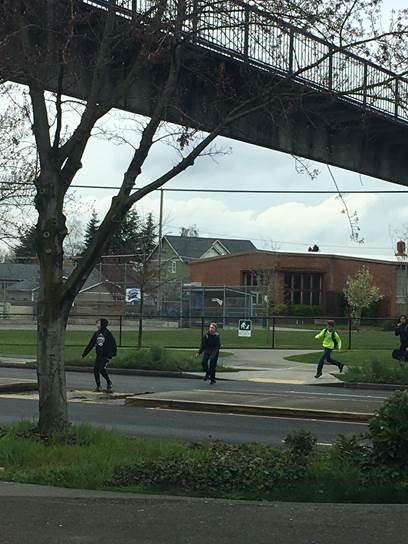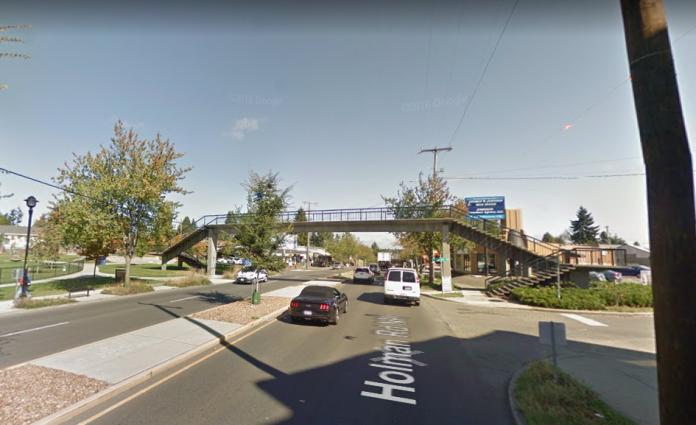Holman Road is a busy arterial connecting neighborhoods in Northwest Seattle. Stretching from N 105th St in Greenwood to 15th Ave NW in Crown Hill, it stitches together places like Ballard and Northgate to serve as a primary corridor for frequent bus service and freight. In 2016, community members–including members of the Ballard Greenway coalition–came together to develop a plan to address safety concerns for a small stretch for the road. They submitted a Neighborhood Street Fund (NSF) request in 2016 to signalize the intersection of Holman Rd NW and 13th Ave NW. The NSF request was ultimately one of a dozen successful proposals awarded funding and is now going through the stages to full design.

The Seattle Department of Transportation (SDOT) has confirmed that it is ultimately recommending that a signal be installed to support the North Seattle Neighborhood Greenway, which is planned for the area. Signalizing the intersection comes with other interventions to the street design and removal of the pedestrian overpass. The latter, however, has received some criticism from community members who support the continued existence of the bridge for ease of crossing the street. Additionally, many in the neighborhood consider the overpass a unique and recognizable landmark. The overpass is not ADA-accessible, however, and a fully signalized pedestrian crossing would render it obsolete.
But do people even use the overpass now? SDOT has data on the usage of the overpass and those crossing at-grade. The vast majority of pedestrians cross at-grade during peak weekday times. During morning hours, crossings via the overpass are comparable with crossings at grade, with higher volumes of children heading to school likely prompting heavier use of the overpass. The at-grade crossing has no marked crosswalk and is quite dangerous particularly during times of low visibility, added to by the presence of the overpass itself, which can block views of pedestrians waiting to cross.
As indicated in the recommended design concept plan, changes to the street would include:
- An enhanced plaza space at the southeast corner of 13th Ave NW and Holman Rd;
- A improved median in the center lane to restrict left turns;
- Two north-south at-grade crossings at 13th Ave NW;
- Signals to stop motorists at the intersection;
- New ADA-compliant curb ramps;
- A relocated bus stop further southwest on Holman for the southbound buses; and
- Push buttons to activate stop lights for people walking and biking at the marked crossings.
However, SDOT is evaluating whether or not the overpass will remain. If it is kept, the design for the new signal would be somewhat different. In an e-mail, SDOT communications specialist Sue Romero said:
There is only one marked crosswalk at this intersection if the overpass remains, so bicyclists approaching from the east would travel to the southeast corner of the intersection and push a pedestrian/bicycle button for detection. However, the signal operation and design will likely be modified from what is currently shown if the pedestrian overpass bridge is to remain so there might be opportunities to have in-street bicycle detections or curb-side bicycle pushbuttons to cross Holman Road.
SDOT plans to provide updated information on the intersection design later this month.
The title image is courtesy of Google Maps.
Stephen is a professional urban planner in Puget Sound with a passion for sustainable, livable, and diverse cities. He is especially interested in how policies, regulations, and programs can promote positive outcomes for communities. With stints in great cities like Bellingham and Cork, Stephen currently lives in Seattle. He primarily covers land use and transportation issues and has been with The Urbanist since 2014.


